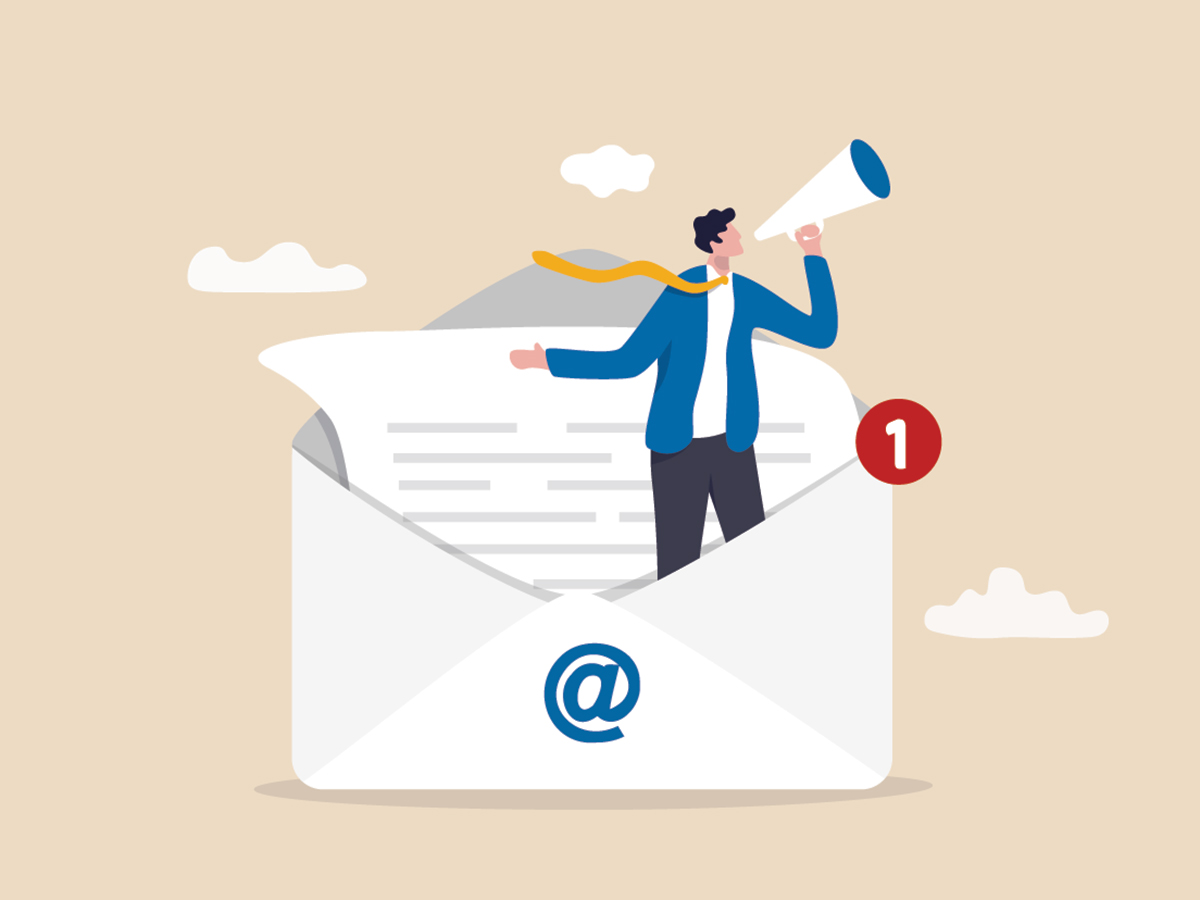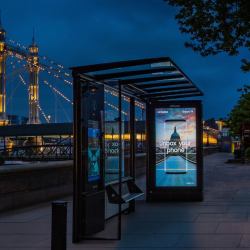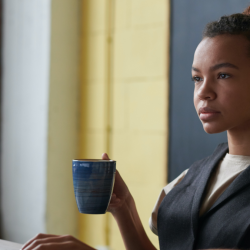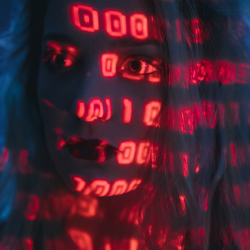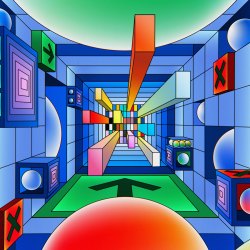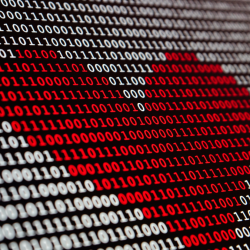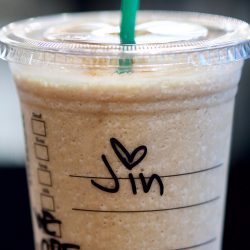In 1994, AT&T bought what’s widely believed to be the first ever digital banner ad. It asked users “Have you ever clicked your mouse right HERE?” with an arrow pointing to text that read “YOU WILL”. Some 44% of those who saw it clicked on it.
Nearly 30 years later, banner ads (a somewhat maligned catch-all term for an array of digital formats) are commonplace among myriad digital communications and a 44% click through rate is the stuff of marketers’ dreams. And with more competition for eyeballs than ever before, brands need to try ever harder to effectively stand out from the crowd.
Personalisation: the key to digital communication
Whether a digital display ad or an email, customers need to feel listened to and understood by the brand. Which is why the key to digital communication is personalisation. Smart brands will build credibility and favour by listening to their customers, drawing insight to shape content that speaks to them on an individual level.
Modulating the tone of voice and content depending on the point in the customer journey is paramount, particularly when it comes to email. Messaging should be tailored, based on whether talking to a new user, or a lapsed customer, delivering impactful sales messaging versus service. One size fits no-one, and personalisation is non-negotiable. There is a fine line on getting it right though. The introduction of a user’s first name into an email can help it feel personal and friendly, whereas doing so in a banner can feel invasive and creepy; striking the right balance is vital.
And personalisation won’t cut it alone. Once you’ve achieved the right tone, you only have seconds to attract and retain attention, so this is the opportunity for designers to ensure the audience is hooked.
There isn’t always an abundance of space to play with within display formats, so mastering layout and typography is vital. If you can design a 320×50 placement, you can design anything. Viewers also don’t have time to read reams of messaging. The typography should be tight – clear, succinct and relevant, and crucial elements such as branding and CTA should be frontloaded, to ensure they can’t be missed. Dynamic feeds also allow designers to serve tailored messaging and products based on the context or the viewer.
Innovate to differentiate, surprise and delight
We’ve come a long way since those banners flashed up in 1994, and the evolution of interactive design techniques offer the opportunity to re-imagine display and email, to make them emotive, engaging, and crucially, conversion focused. Every banner, email, campaign is full of potential. Each interaction is an opportunity to deepen the relationship with customers and change indifference or ‘like’ into brand love.
Incorporating innovative formats within email will elevate the customer experience; such as carousels, add-to-cart modules and localised content. We’re experimenting with modules that can dynamically pull in profile-based app data, hyper personalising the user’s email content and streamlining their customer experience.
Designers must champion the unexpected. An animated GIF to spark joy at the top of an email makes the reader feel something (but don’t forget to set the first frame of the GIF as the image you’d like to appear when the GIF fails on older email clients). Unexpected layouts that allow modules to bleed into each other will keep users scrolling.
If it’s not appropriate, or off-brand to do something radical, effective type hierarchy can help a message stand out. Effectively organising content within a design so that it’s easy to understand and read quickly is one of a designer’s most important skills.
As consumers become more immune to advertising, brands must tap into the element of surprise through design, placement, wording and interactivity. When considering how to stand out in display, it’s worth thinking about how native banner ads can integrate with the surrounding architecture of the page, to deliver an unexpected experience, or even trick the user into paying attention.
From onboarding emails to engaging and reigniting relationships with loyal consumers through trigger-based interactions, the creative potential of email design to connect with your customers should not be overlooked. Nor should the humble display banner be dismissed. Unlocking its full potential can drive huge revenues, boost brand recognition and even just be a useful reminder to a product a user had forgotten about.
Brilliant digital design can help brands build emotional connections and transform how people interact with a brand – and ultimately, deliver that important sales conversion, with heart.
Featured image: eamesBot / Shutterstock.com

















